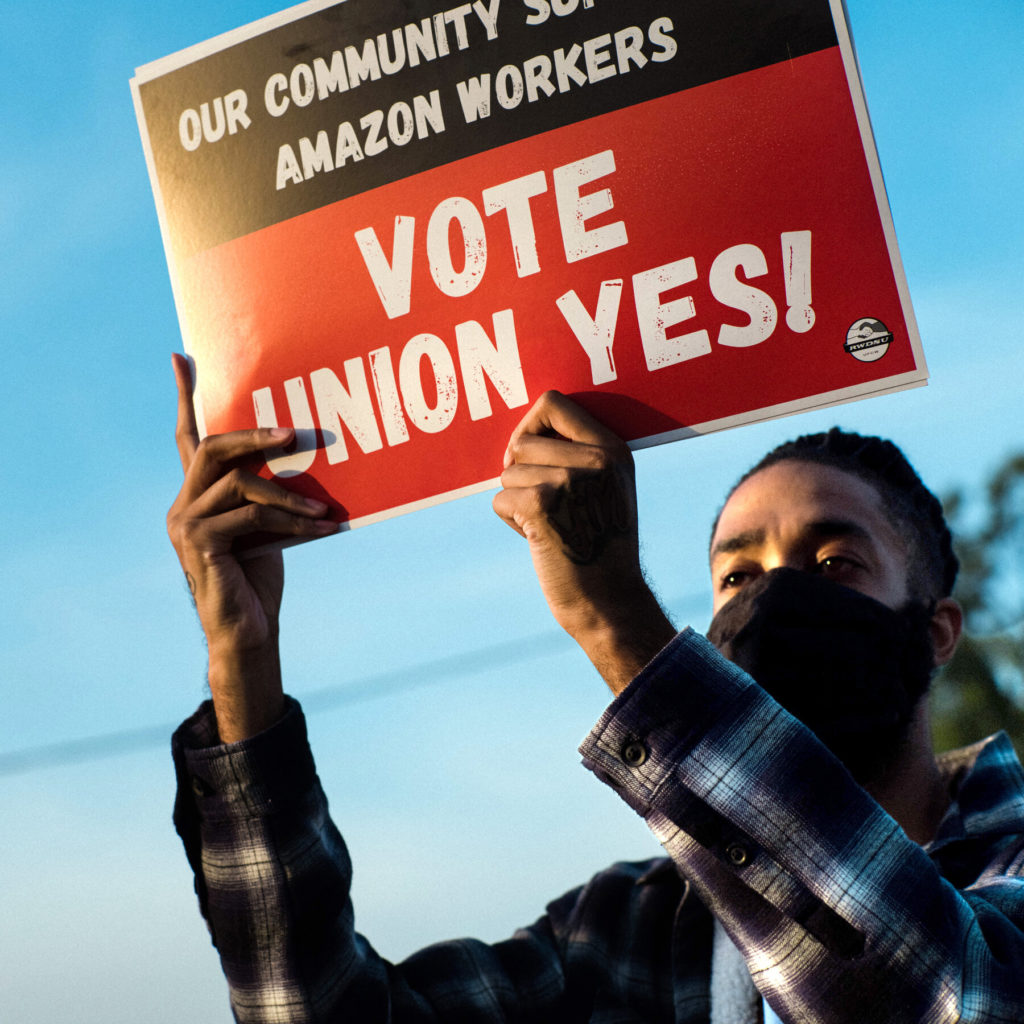Bring Back Card Check

When you’ve been through as many right-wing attacks as I have, you need to keep track of what people are saying about you online. So I have to do the douchiest thing imaginable–create a Google Alert for myself. Gross, I know. But sometimes you find that someone has cited you in an interesting way and I thought this was well worth highlighting. See, how do we rebuild the labor movement, especially when there aren’t workplaces with thousands of people onsite anymore and the process to win any union takes so very very long? Here’s an interesting discussion of the point in The Nation.
In 2023, despite a very encouraging uptick in strikes and organizing, only 97,977 of the roughly 160 million US workers were eligible to vote in the 1,986 representation elections supervised by the National Labor Relations Board.
Even if labor had won every NLRB election (which it did not), this growth rate would have been far less than the increase in the US labor force, which averages around 1.5 million new workers annually.
Given this dismal trajectory, a reversal in membership trends is not in the offing. Major changes will be required if the labor movement is to grow strong enough to build sufficient worker power to win for workers, benefit the entire working class, and address economic inequality.
How best can the labor movement organize on scale? Labor historian Erik Loomis has commented, “There are too many workers in America to rebuild the labor movement in groups of twenty or thirty or even one hundred. You need thousands and thousands of people to be joining the labor movement at the same time.”
And as Ben Fong, of the Center for Work & Democracy at Arizona State University, has noted, “If the labor movement is going to take advantage of the present popular approval for labor unions and interest in labor organizing, it must go after big targets in the private sector, shops where workers can potentially be added to union rolls en masse.” We certainly agree.
…
With “majority sign-up,” workers who desire a union simply sign authorization cards indicating their support. Once a majority sign cards, employers are required to recognize their union as the employees’ representative and begin negotiating a collective bargaining agreement. The key advantage over the current process is that this “card check” certification allows workers to move quickly from establishing majority support for their union to meeting with their employer at the bargaining table.
Sadly, conservative elements within the AFL-CIO and its affiliates decided in 2020 that stripping out card check was the best way to build broader support for the PRO Act.
Today, we regularly encounter politicians who advocate for the PRO Act but have no understanding that the key card check provision is missing. In fact, even many of our labor movement comrades also do not know the distinction.
The importance of the many NLRB decisions made during the Biden administration that contributed to an upsurge in organizing should not be underestimated. The board’s decision allowing Starbucks Workers United (an SEIU affiliate) to organize single bargaining units rather than having to organize regional multiple sites enabled a path-breaking victory in Buffalo, New York, that inspired hundreds of other baristas to organize.
The board’s ruling that Amazon employees at the Staten Island fulfillment center had a right to agitate for their union off-shift in company lunchrooms is another example. More recently, the NLRB deemed Amazon a “joint employer” of its Delivery Service Partner contractors, with full legal responsibilities for working conditions and an obligation to bargain.
This is probably right. We need Harris to win. We need her to prioritize the PRO Act as her top piece of legislation. And we need to make sure it includes card check. I realize the challenges here with Congress. Still, you aren’t going to rebuild the labor movement without it and you aren’t going to rebuild working class support for Democrats without it either.


